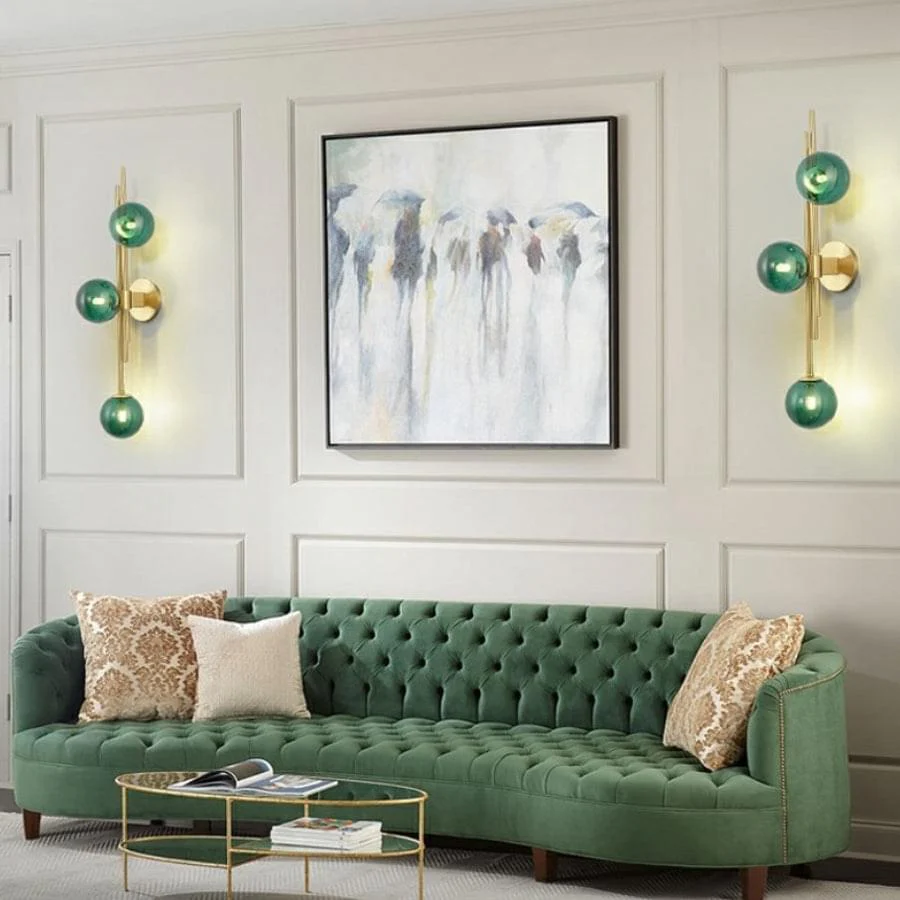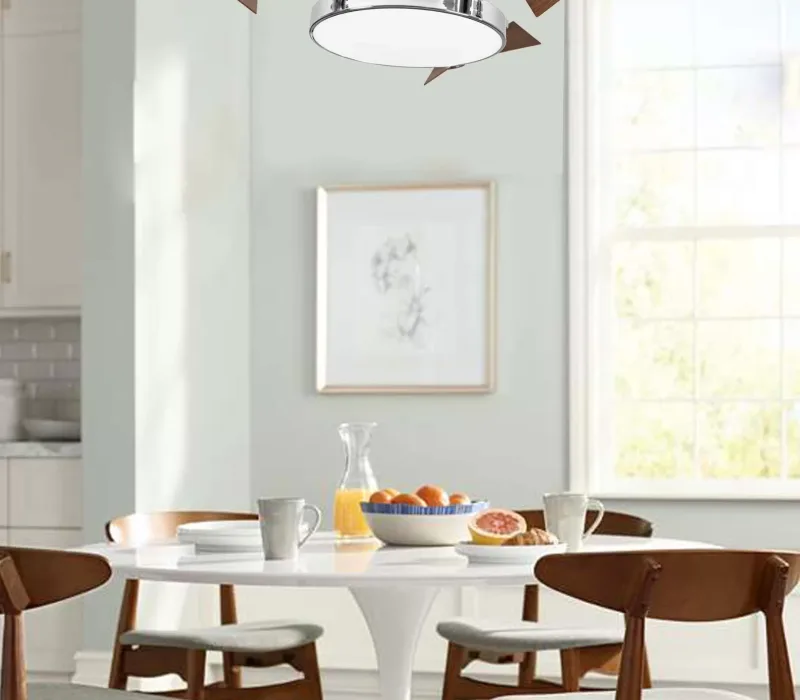How Does Lighting Change The Aesthetics In A Room?

Recent Post
platinum-admin
February 21, 2024
Lighting defines space. Therefore, lighting influences our impression of various elements like
color shades, textures, shapes, dimensions, and furniture in a room. Therefore, interior lighting
greatly impacts how we feel or our decisions. For example, Restaurants use dim lighting so the
customers can relax and be at ease. Therefore, the customers will take more time to eat their
food feeling more content with the dining experience. On the contrary, Bright lights are used in
retail locations to enthuse customers’ energy and positivity to enhance the sales of the
business.
How does lighting transform a room or any indoor space?
Here are the various elements that are affected by the lighting in a room.
1. Room Environment/ Atmosphere
The overall tone and feel of the room are defined by the colour temperature of the lighting we
select from. For example, cool or white lighting helps in enhancing productivity and
concentration. Thus it is used in offices, study rooms, and other workspaces.
2. Size/ Space Of the Room
Dark lighting makes the room appear smaller, confined, and congested. On the other hand,
white or bright lights make the room look bigger, breathable, and spacious.
3. Shadows/ Reflections
The definition of textures, hues, walls, furniture, and other items of the room is orchestrated by
shadows and reflections. This should be planned and executed in such a way that shadows
will not be a hindrance to the room space.
4. Highlights
Lighting helps in emphasizing the focal points or the attention spots in a room. For example, a
painting or vase you want to highlight can be done with the help of spotlights. You can also
give a fancy light to work as both lighting and highlights. For example, Chandelier is a
commonly used for lighting as well as aesthetic highlights.
Functionality
Deciding what the role of each lighting is is very important as it impacts the overall aesthetics
of the room. For example, We do put fancy lighting like a chandelier in a study room. Therefore,
the theme you choose for your lighting should cater to certain functions, purposes, or tasks.
Otherwise, it is a waste of power sources as well. Hence, selecting lighting for each room
should be done carefully as it will decide the directional light setting of the room. Installing
task-specific lighting in different areas required can make your room or home support different
kinds of purposes.
Conclusion
Whether natural lighting or artificial lighting, it is very important when it comes to illuminating
a room or your home. It is essential to ensure that the right types of lighting are installed in
every room and its use specifically. The effects of different lighting can contribute to different
aspects like productivity, concentration, and lighting. Bad lighting in a room can cause stress on
vision resulting in frequent headaches. Therefore, proper lighting will not only enhance the
aesthetics of the room but also gives proper definition to your room and its purpose
Categories

